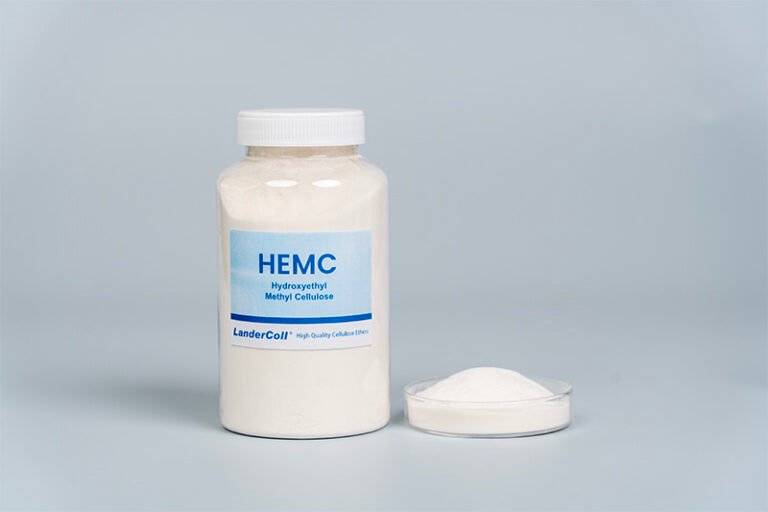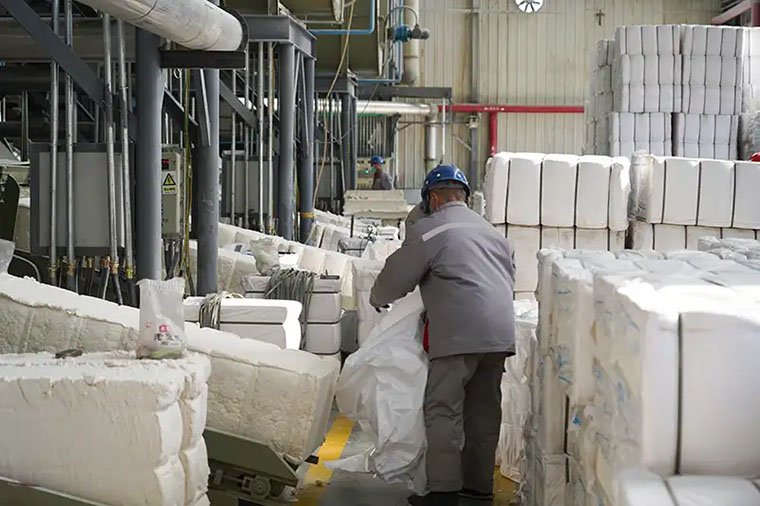
Foam is a persistent issue in many industrial sectors, and the construction industry is no exception. In processes such as cement mixing, mortar preparation, paint formulation, and adhesive manufacturing, uncontrolled foam can compromise quality, durability, and performance. This article explains the defoamer mechanism, why foam occurs, and how defoamers are applied in building materials to enhance performance and durability.
Foam forms when air bubbles become stabilized by surfactants or other surface-active agents present in a liquid system. In construction materials, foam leads to:
According to studies by the ASTM International, excess air entrainment can reduce the structural strength of concrete by up to 10–15%. This makes foam control an essential part of modern construction practices.
Defoamers (also called antifoaming agents) are specialty additives designed to control or eliminate foam. They work through three core mechanisms:
Defoamer droplets spread quickly on foam films, penetrate the bubble wall, and cause rupture. This process destabilizes the foam and makes bubbles collapse instantly.
Foam stability depends on the elasticity of the liquid film surrounding the bubble. Defoamers reduce this elasticity, weakening the bubble until it bursts.
Defoamers encourage smaller bubbles to merge into larger ones, which rise to the surface and break more easily. This accelerates foam elimination in viscous construction materials.
During mixing, air can become entrapped in cementitious systems. Defoamers reduce foam, producing denser concrete with higher compressive strength and lower water permeability. This is critical for high-performance concrete used in infrastructure and high-rise projects.
Foam causes poor adhesion and inconsistent spreading in mortar and plaster. Defoamers ensure smooth application, strong bonding to bricks and blocks, and a crack-free surface finish.
Foam during paint production or application leads to defects such as craters, fisheyes, and pinholes. Defoamers suppress foam formation, ensuring a smooth and uniform coating. The Coatings World industry reports confirm that defoamers are essential in modern waterborne coating systems.
Foam interferes with adhesive film formation and reduces bonding strength. Defoamers eliminate entrapped air, leading to consistent bonding performance and enhanced durability in construction applications such as flooring and tile adhesives.
The defoamer mechanism—spreading on foam films, reducing film elasticity, and promoting bubble coalescence—makes defoamers indispensable in the building materials industry. By ensuring denser, stronger, and smoother construction products, defoamers enhance durability, aesthetics, and long-term performance. For construction professionals, selecting the right defoamer can significantly improve product quality and reduce costly defects.
If you want to explore more about construction additives, visit our related resources on cellulose ethers and VAE redispersible polymer powder for improved building performance.


LANDU is on standby here to help you find the right solution for your needs. Whether you need free consultation, technical guidance, product samples, or logistical support, our team is ready to assist!

Torres brings over 10 years of experience in the chemical and cellulose ether industry, specializing in HPMC applications across the construction, pharmaceuticals, personal care, and food sectors. With a deep understanding of market needs and regulatory standards, he is dedicated to helping customers in Europe find the right HPMC solutions for their unique requirements.

Cynthia combines technical precision with a problem-solving mindset, helping clients resolve challenges and optimize HPMC for their specific needs. She is responsible for quality control, performance testing, and failure analysis of HPMC across multiple industries. Whether you’re testing a new formulation or diagnosing inconsistencies, Cynthia provides data-driven insights for reliable results.

Our team ensures high standard!and flexible solutions for various
customer needs.